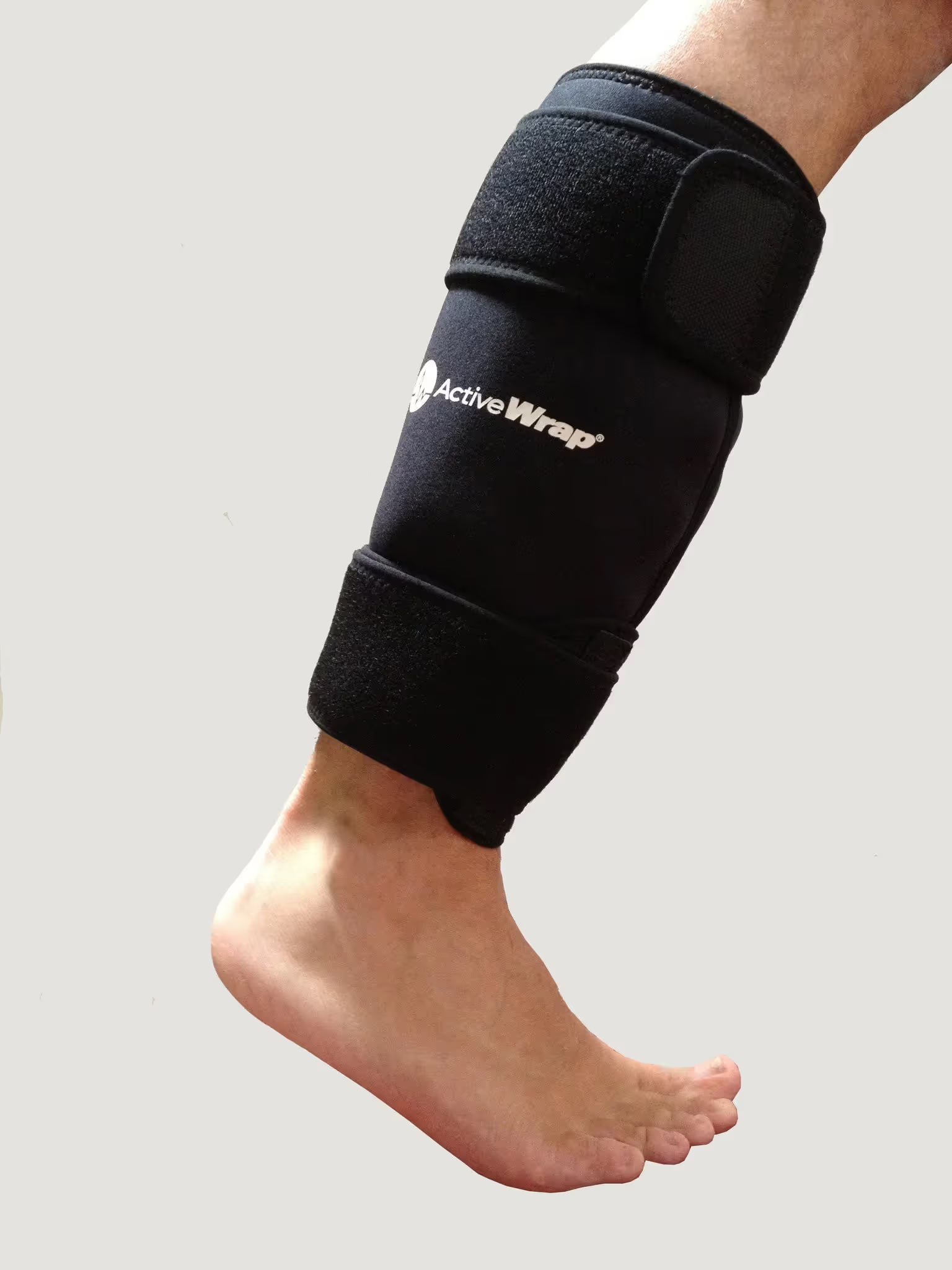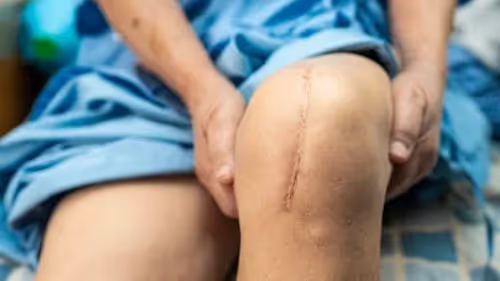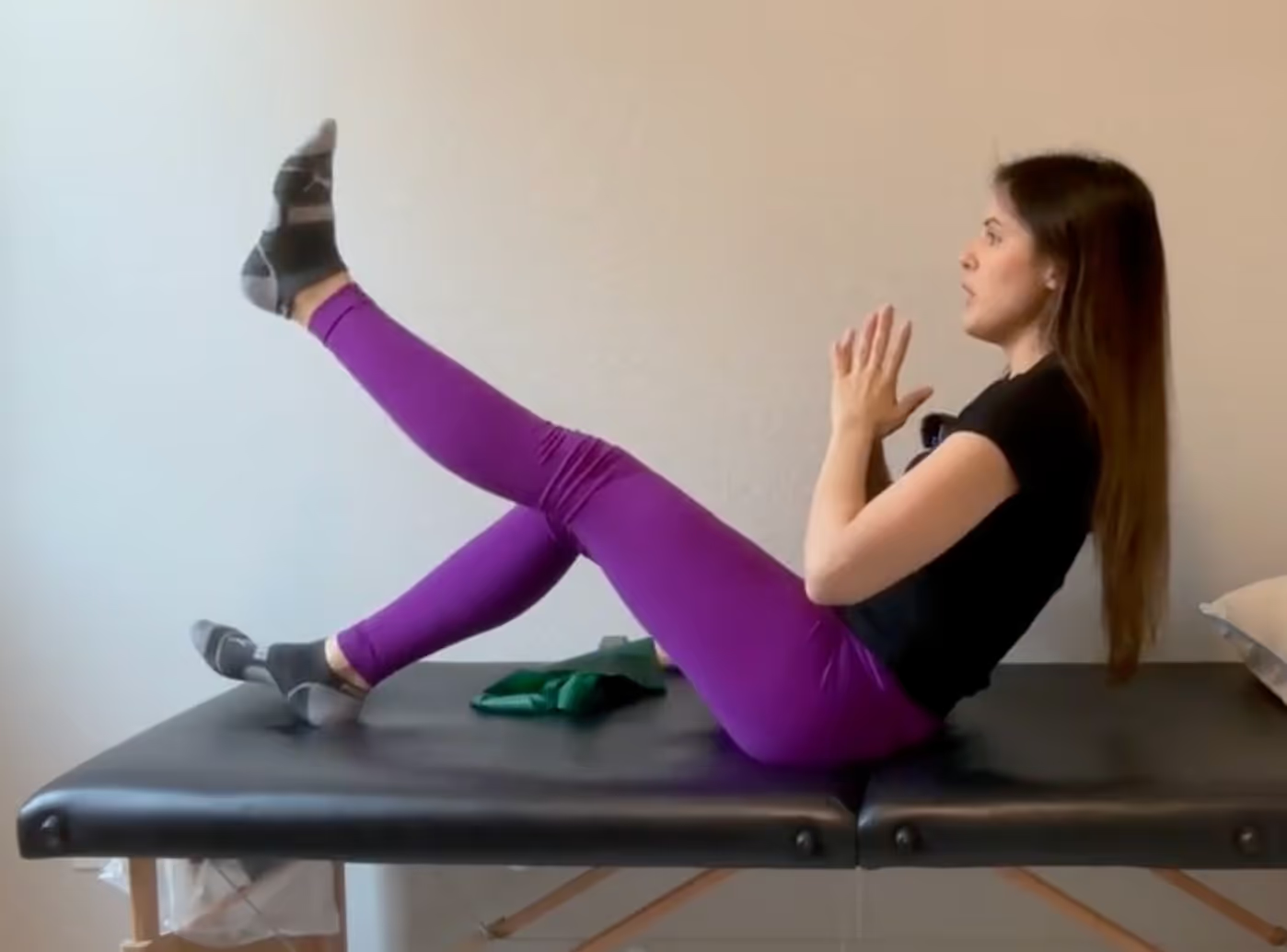Knee replacement surgery, also known as knee arthroplasty, is a surgical procedure that involves replacing a knee with knee arthritis with prosthetic components. The goal of knee replacement surgery is to reduce severe pain and improve mobility in the affected knee. When non-invasive therapies don't help, the last chance to remedy the situation and restore knee function is knee replacement surgery. While any invasive procedure can be scary, knee replacement surgery is one of the most common joint replacement surgeries with an excellent recovery rate. It's critical to follow certain guidelines to make the recovery process smooth. After a total knee replacement or partial knee replacement, it is essential to take proper care of the new knee replacement to ensure a successful recovery. Many patients make mistakes that can compromise the healing process and prolong their recovery time.
Here is what not to do after a knee replacement:
Ignore your physical therapy
Physical therapy is an essential part of knee replacement recovery. It helps to improve joint mobility, reduce pain, and build strength. It is important to attend all scheduled physical therapy sessions and follow the recommended exercises at home. Ignoring or skipping physical therapy can delay your recovery and increase the risk of complications.
Having a good, experienced physical therapist is KEY to improving your symptoms, improving your range of motion, and ensuring your knee replacement will last 20+ years. Your physical therapist should not be making you worse each visit or causing you to be miserable for days after therapy. If you are progressing well with your range of motion, your therapy should be a gradual process with strengthening and stretching. Each knee replacement patient is different and not everyone will recover the same. If you are concerned with your therapy quality, please look into the courses at: http://www.SUCCEEDCOURSES.com
Not stretching enough
Bending and straightening your new knee after surgery is key to your knees success. Most patients struggle with this due to the pain stretching causes when completing them. Your physical therapist and orthopedic surgeon will require you to start bending and straightening your knee right away. This is because if we do not stretch the knee right away, scar tissue will form causing the knee to not function properly. Thick, dense scar tissue typically takes 6 weeks to form. While the swelling and pain typically takes 3-6 months to reduce to comfortable levels. So as you can see, if we wait until the swelling and pain resolves, you will have serious scar tissue!
Some tips you can follow to help with your range of motion:
- Elevate your leg with ice often to reduce swelling
- Take pain medication as prescribed
- Keep toes pointing straight ahead when resting
- Keep the knee straight when resting (do not put a pillow under knee)

Engage in high-impact activities
After your surgery, it is important to avoid high-impact activities such as running, jumping, and playing high intensity sports. These activities can put stress on the knee replacement, especially the plastic spacer (polyethylene spacer). The plastic spacer is designed to absorb force every time you take a step, just like shock absorbers in a car. To help the plastic stay in good shape and not crack or fragment, you must take care of it by limiting high-impact activities.

Although these activities are recommended to avoid, that does not mean you have to. For instance, if you are an avid skier, please speak with your orthopedic surgeon prior to your surgery about your goals. They will pick a certain knee implant to allow proper mobility of your knee for skiing. Same with any activity you enjoy including soccer, football, running, etc. You can do all these activities, but you run the risk of wearing down the knee replacement sooner than you’ll want to. A knee replacement typically lasts 10-20 years. If you do a lot of high impact activities, you can expect it to last around 10 years. If you are just living a normal life doing errands and daily activities, you can expect it to last around 20 years.
It is important to follow your surgeon's recommendations and to gradually increase your activity level as your knee joint heals. Low-impact activities such as walking, cycling, swimming, and golfing may be recommended as part of your recovery plan.
Activities you may want to avoid:
- Running or jogging: Running and jogging are high-impact activities that can cause excessive stress and force on the knee joint (specifically the plastic spacer) leading potential damage to the prosthetic components. You definitely can run after surgery, but running often is not recommended. Running away from a dog or in an emergency is acceptable, obviously!
- Contact sports: Contact sports such as football, basketball, and soccer involve rapid changes of direction, jumping, and impact, which can put excessive stress on the knee joint and increase the risk of injury to the prosthetic components.
- High-impact aerobics: High-impact aerobics involves jumping, hopping, and rapid changes of direction, which can cause stress on the knee joint and increase the risk of injury to the prosthetic components.
- Skiing: Skiing involves a combination of high-impact movements, rapid changes of direction, and the potential for falls, which can put excessive stress on the knee joint and increase the risk of injury to the prosthetic components. Downhill ski techniques are specifically difficult after this surgery.
- Heavy weight lifting: lifting heavy weights is not recommended due to the increased force on the knee joint. Lifting too much weight could damage the plastic spacer in the knee joint. Generally, surgeons do not want you to take up body building after a knee replacement.
- Jumping rope: Jumping rope involves repeated jumping, which can put too much stress on the knee joint and increase the risk of injury to the prosthetic components
- Rock climbing: activities that could potentially lead to traumatic falls should be avoided.
Overexert yourself
It is important to gradually increase your activity level after knee replacement surgery. Overexerting yourself can cause pain, swelling, and damage to the knee joint. It is important to listen to your body and take breaks when needed. During the first 1-2 weeks after surgery, your therapist will want you to get up and walk every 1-2 hours. This will decrease the risk of blood clots and allow you to strength your muscles. Your physical therapist should help you progress your exercises and activity levels gradually. Typically, you should be doing simple exercises, gradual stretching, and focusing on reducing pain and swelling for the first week after surgery. After about 1 week, your therapist should be progressing your exercises and stretches.
Another way people overexert themselves is by giving up their assistive devices too soon. You want to keep using your walker for at least 1-2 weeks after your surgery because you will have a lot of weakness in your leg and your balance will not be perfect. Using your walker on uneven ground is also important to reduce the risk of falls and avoid injury. After your physical therapist clears you to stop using your assistive device, you can wear grip socks to improve your safety in your home.
Returning to work too soon after knee replacement surgery can be dangerous and delay your recovery. It is important to follow the guidelines provided by your surgeon regarding when it is safe to return to work. This may involve taking time off from work or modifying your work duties to accommodate your recovery.
Not prepare ahead of time
Preparing your home, your muscles and your caregivers for this surgery can help you have a smoother and more comfortable recovery. Before your surgery, remove any tripping hazards from your home to reduce the risk of falls. This may include rugs, electrical cords, and cluttered areas. Falling is the NUMBER ONE way to damage your new knee after surgery. So please make sure you have a clear pathway in your home. Rearrange your living space to make it easier to move around after your surgery. Move frequently used items to waist height and ensure that there is plenty of space to maneuver with a walker or crutches.
On the topic of falling, the most common place people fall is in the bathroom. Not only are bathrooms small, but they are full of hard and possibly wet surfaces. It is important to make some preparations in your bathroom for the first few weeks after surgery. Removing rugs from the bathroom floor is so important to avoid falls. To keep the bathroom floor dry, it is recommended to use a towel instead of a bathroom rug.
You may need to install a:
- grab bars
- a raised toilet seat
- a shower chair
- a rubber mat on the shower floor
- a hand-held shower head to make bathing easier.
You also will definitely need:
- ice packs - code DRSAM10 for 10% off

- ice machine (use code: DRSAM10 for 10% off)
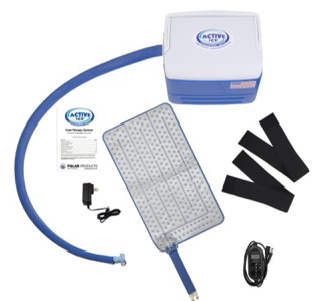
- a walker
Other recommended items:
- Bike
- compression socks
- massage gun
- therabands
During the first few weeks after surgery, you will also need to arrange for help. You may need assistance with daily activities such as cooking, cleaning, and running errands. Arrange for a friend or family member to help you, or consider hiring a caregiver.
Preparing your muscles before surgery is probably the most effective way to improve your rehabilitation process after surgery. Knee arthritis causes a lot of weakness prior to surgery. Working on strengthening and stretching those muscles prior to surgery can improve your recovery post surgery. Many patients do not know how to properly strengthen and stretch their knee prior to surgery due to knee pain with exercises. If you need help with your prehab (exercise prior to surgery), please look into the Prehab Course: https://www.succeedcourses.com/post-surgery-course
Ignore signs of infection
Infection is a serious complication that can occur after knee replacement surgery. It is important to monitor the incision site for signs of infection, such as redness, swelling, or drainage. It is important to report any signs of infection to your surgeon immediately.
Signs of infection are:
- Redness at incision
- Oozing at incision
- Sudden increase in pain
- Fever >100.4
- High heart rate
- Flare up of infection elsewhere like tooth or UTI
Stop taking prescribed medications
After surgery, your surgeon may prescribe medications to manage pain and reduce inflammation. Typically, you will be prescribed a pain medication, nerve pain medication, blood thinner and muscle relaxer. You may be able to wean off some of these medications within a few weeks, but always consult with your doctor before doing so. It is also important to take the pain medicines as prescribed and to not stop taking them without consulting your surgeon. Stopping medication prematurely can increase pain and delay your recovery.
Most patients are taking pain medications from 2-6 weeks post surgery. Although many take just 1 pills at night time to sleep for several months after surgery.
Ignore your mental health
Recovery from knee replacement surgery can be challenging both physically and mentally. It is important to take care of your mental health and seek help if needed. Ignoring your mental health can lead to depression, anxiety, and other mental health issues that can impact your recovery.
Many people benefit from a support group to help relate to others going through the same journey. You will realize very quickly you are not alone in with all your symptoms and stress. Please join the [SUCCEED] Facebook support group. Not only is it a support group, but Dr. Samantha Smith is available in the group for questions and she logs in live every month to discuss popular topics and concerns.
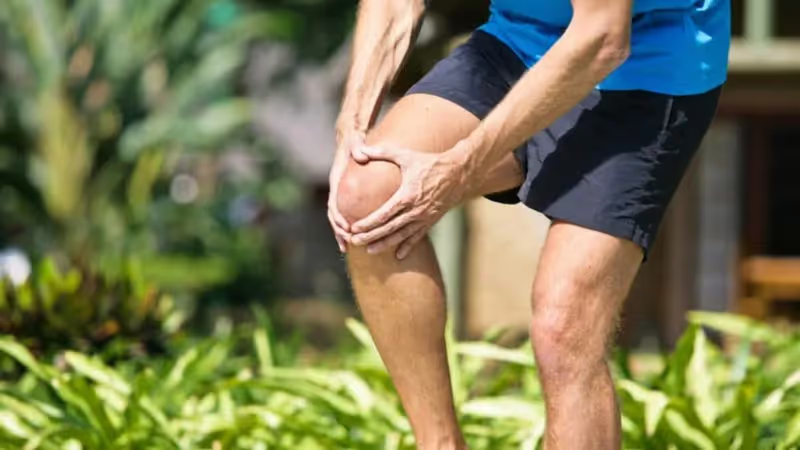
.avif)
